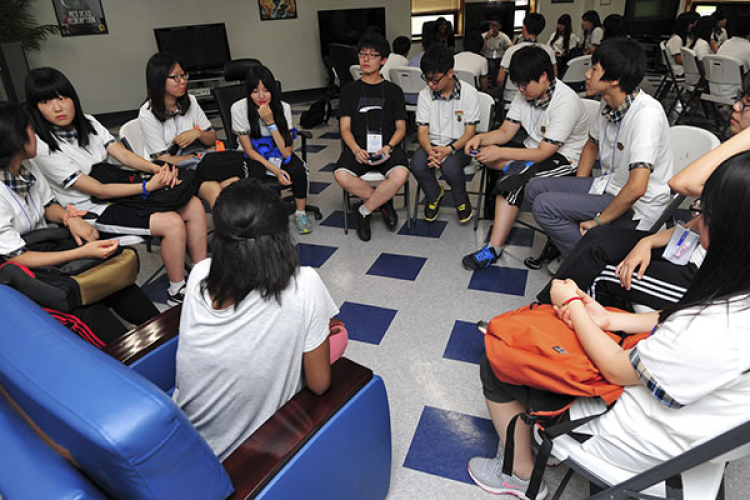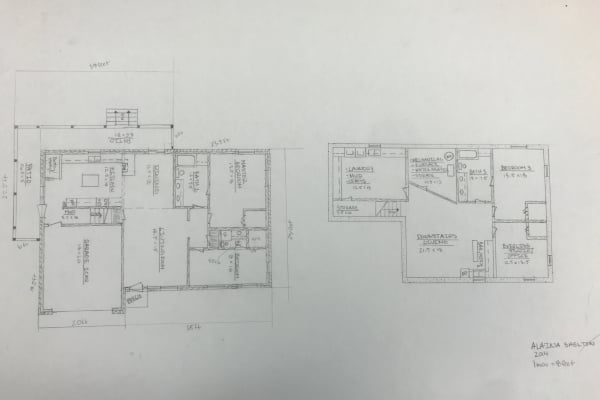Teach Through a Learning Simulation

Take a second to recall the most memorable moments of your education. There’s a good chance that the things you remember tended towards the days that broke the mold: field-trips, special projects, or experiments. One particularly effective way to help students deeply internalize learning is to teach through a learning simulation. In a simulation the teacher finds a way of teaching material by allowing students to participate in it. By allowing students to play a role in the lesson, students can make personal meaning and will be more likely to remember the lesson.
Every subject area can use simulations to solidify and expand learning. In the science classroom I’ve designed games where every student is a member of an ecosystem trying to survive, or a part of the human body working together to stay alive. Reading classes can have students take on the role of a specific author or character from a book for a discussion—particularly useful for helping students understand different viewpoints. In math teachers can design activities focused on real-world applications that go far beyond story problems, or (particularly for younger grades) propose spatial reasoning problems that students have to solve using geometric cubes and relevant math skills. For social studies almost any historical period or important concept can be simulated through a special discussion or game: imagine having students pretend to be immigrants arriving at a border to a new country. In the Bible classroom a teacher can demonstrate the necessity of the detailed instructions on how to build the Tabernacle by asking students to construct a model without giving them instructions.
Before you use a learning simulation, you should have very clear objectives in mind. Only choose or design simulations with specific targets in mind to make sure you’re using class time effectively.[1] Make sure that the fundamental lesson of a simulation transfers to students by removing extraneous parts. A poorly designed simulation can cause conflict rather than helping students reach the learning goals.
Summary discussion follows effective simulations; do not neglect this step. Deliberately plan for time at the end of a simulation for review. After the activity, teachers should first ask students to identify key moments from the activity, suggesting other moments as needed. Also allow time for students to compliment each other by name on successful performance. This builds self-esteem and unity in your class as well.
Last year while teaching fifth grade I ran a social studies simulation where groups of students represented different island nations. Once the basic rules had been established, I described a refugee crisis to the students and gave them space to try to solve it on their own. At age ten these students were already processing this difficult topic in meaningful ways. They asked each other “should every country contribute equally, or based on how much we have to offer” and “are there risks or is helping people more important.” It was one of my proudest moments as a teacher because I saw students combining their subject area skills with moral principles. Successful simulations allow teachers to see not only what students have learned, but how they can apply these ideas in the rest of their lives.
David ChristiansTeacher, St. Petersburg, Russia
TeachBeyond
Photo Credits: featured photo: student discussion. U.S. Army Garrison Red Cloud Flickr.
David Christians has been teaching with TeachBeyond for five years at International Academy in Saint Petersburg, Russia. Having taught everything from AP Calculus to freshman literature to fourth grade, he enjoys teaching art history the most. He's currently working on a Masters of Education at Covenant College. If you have questions about how to design a learning simulation of your own, you can contact David using his TeachBeyond e-mail address.



